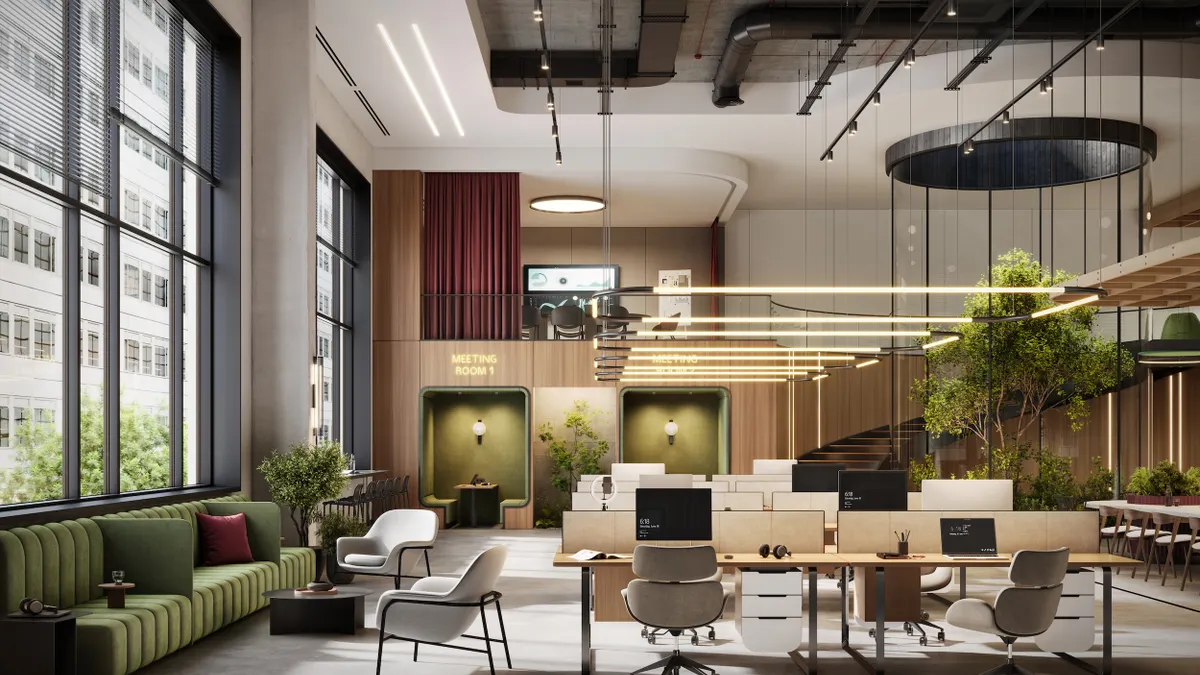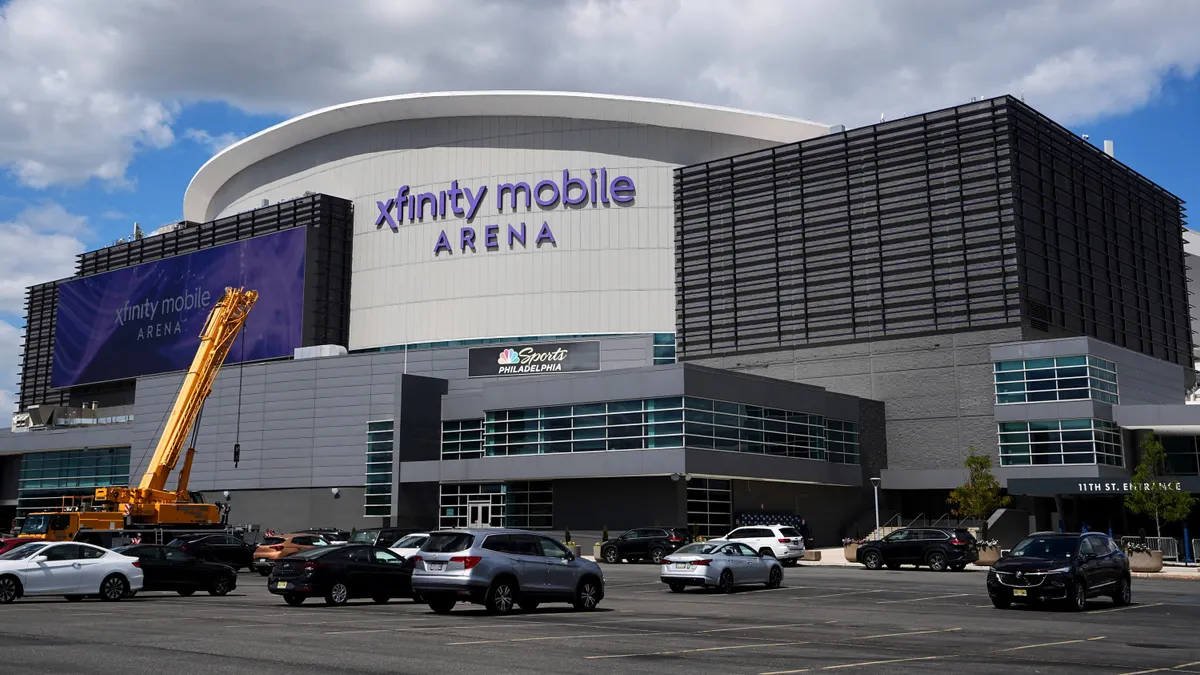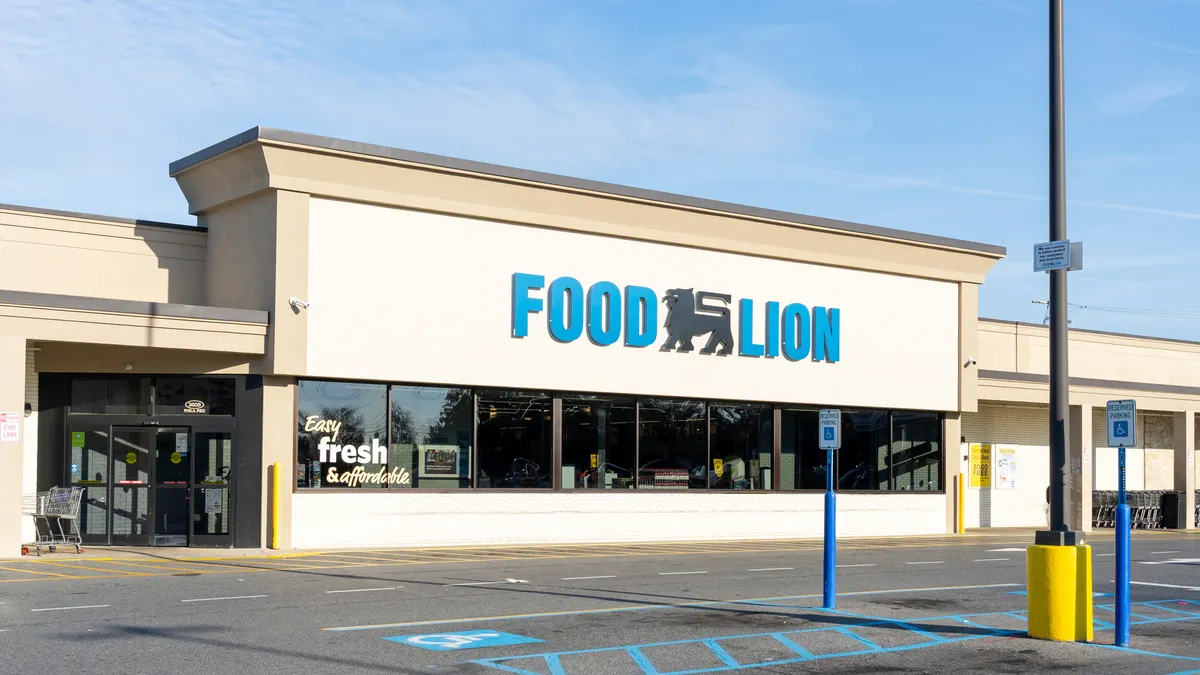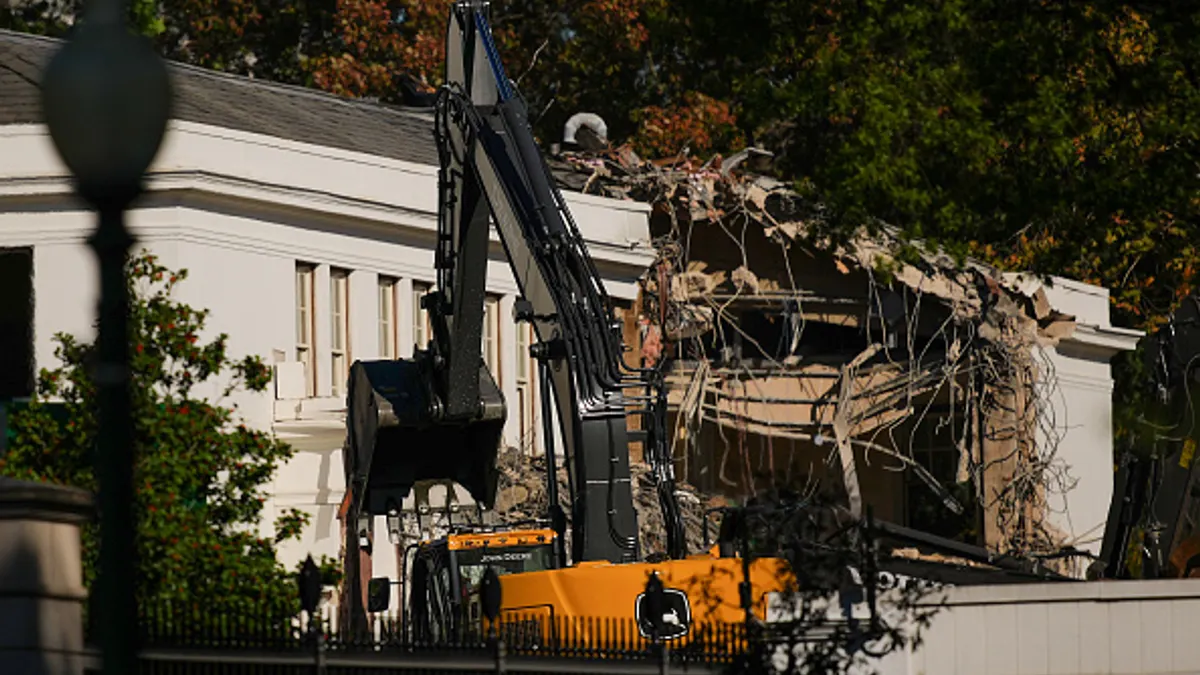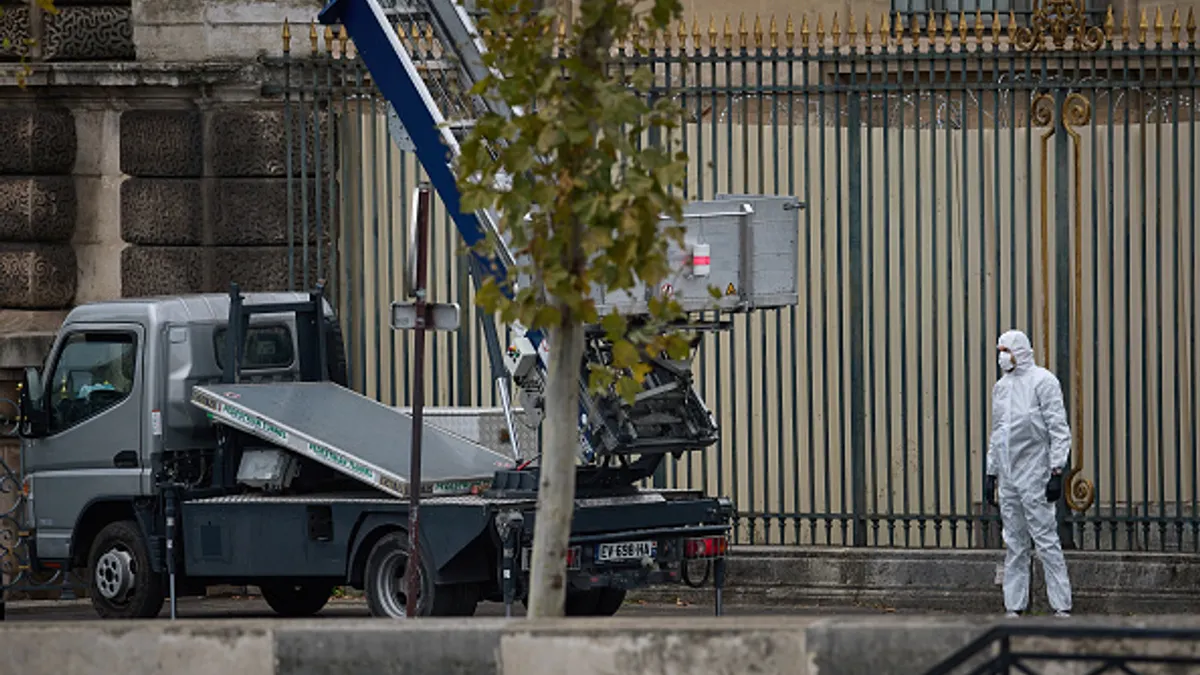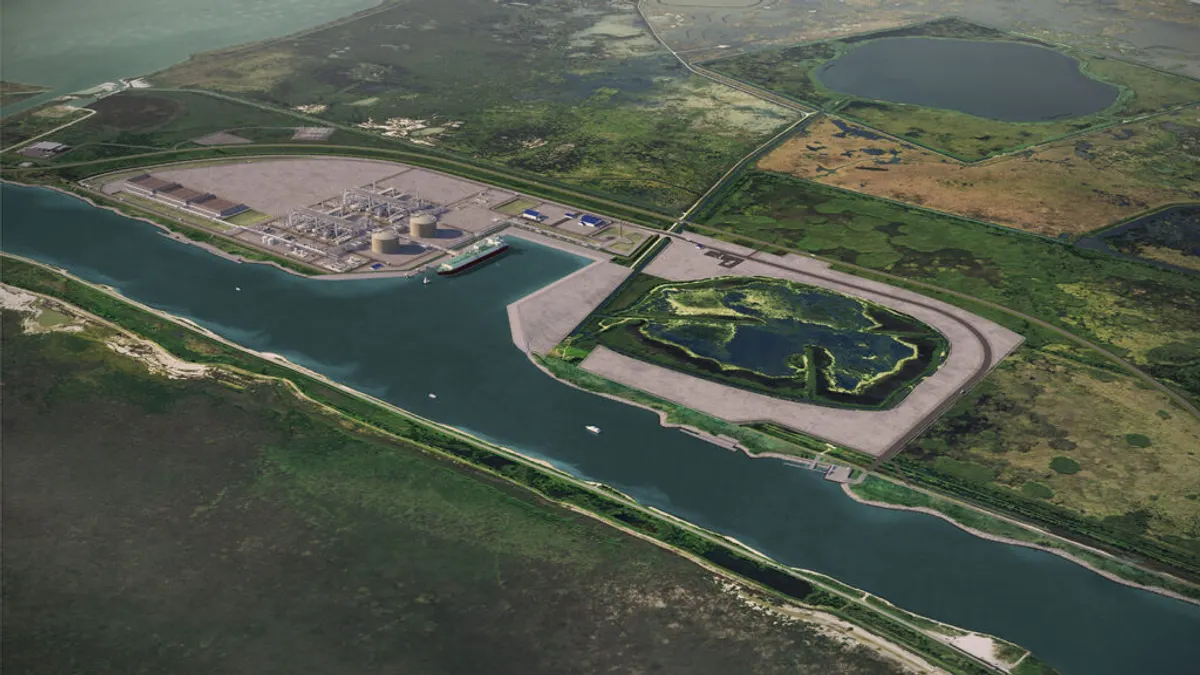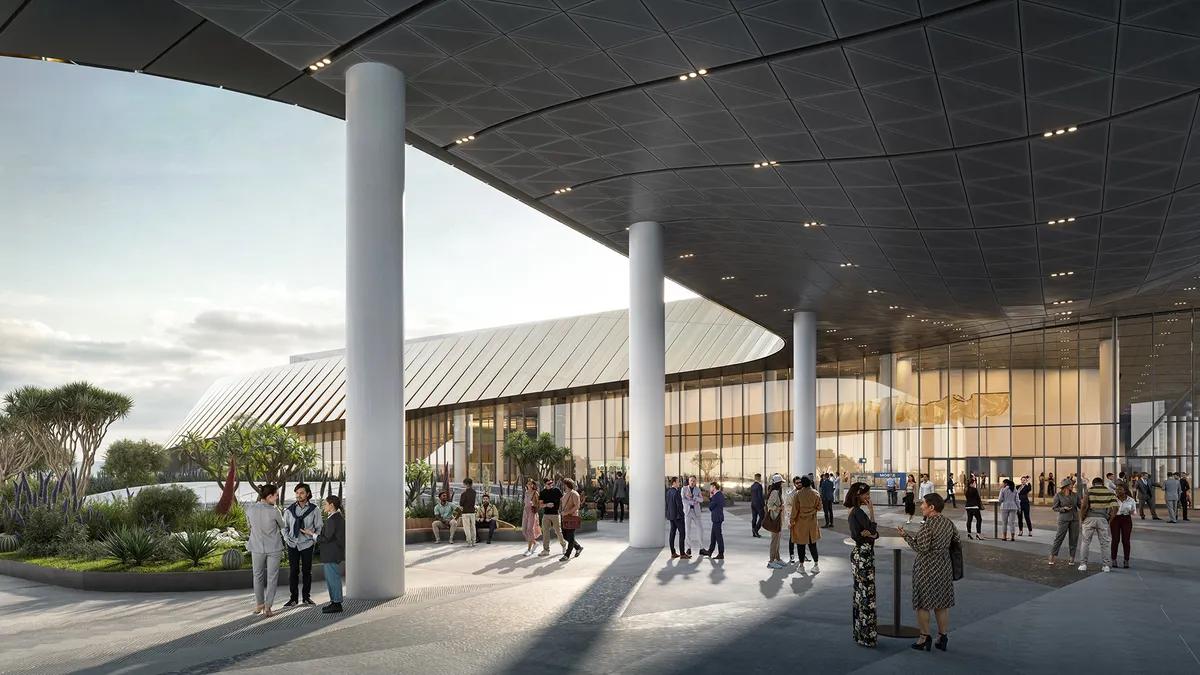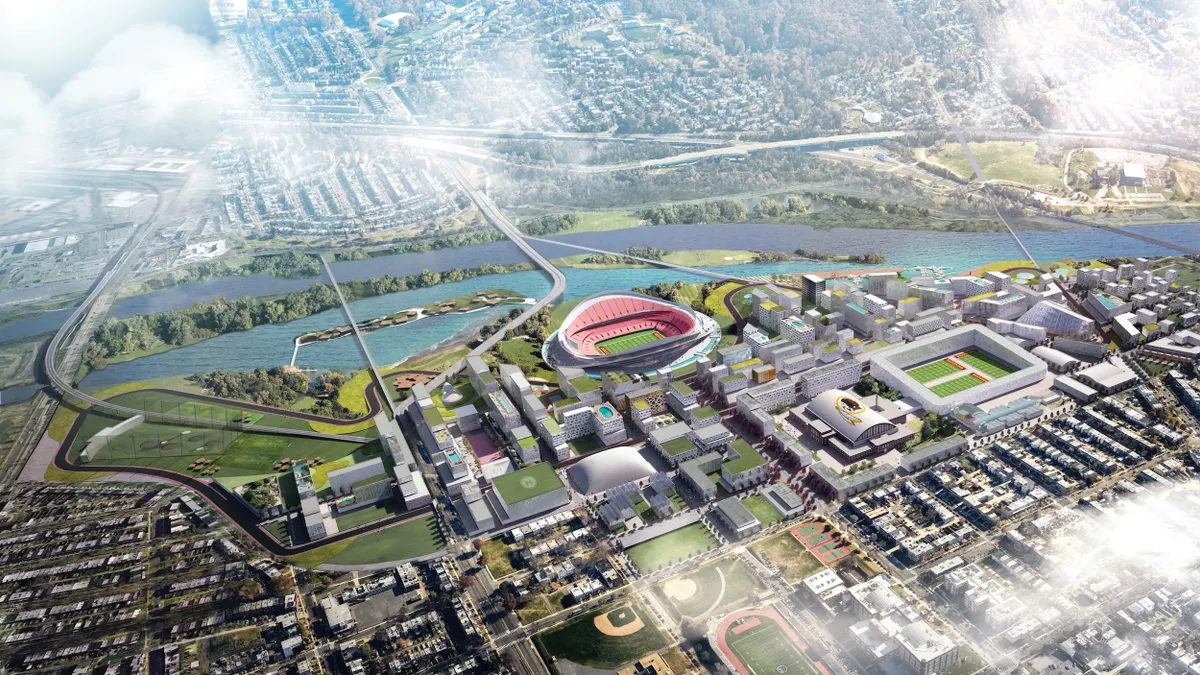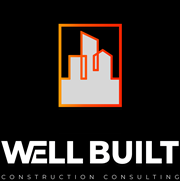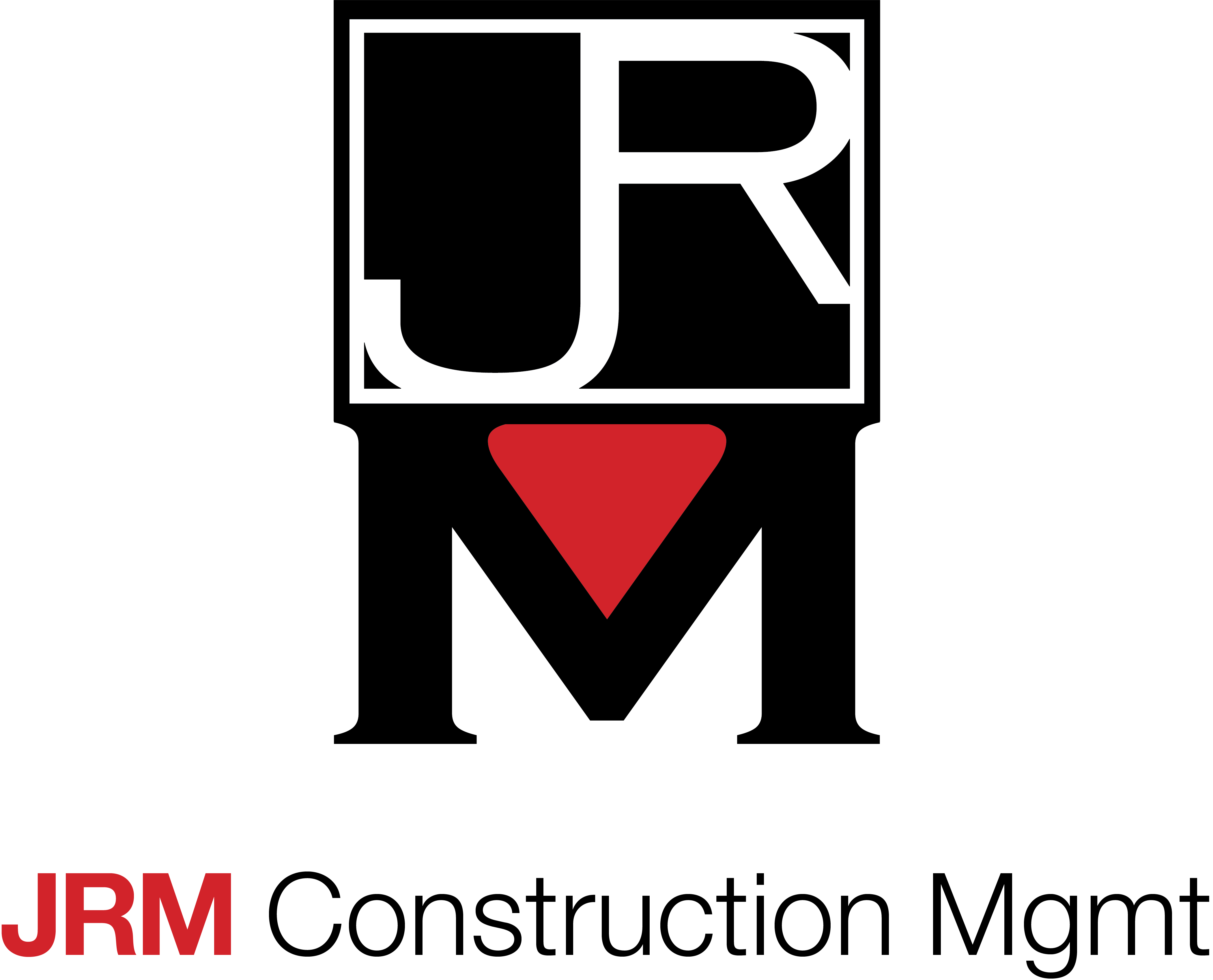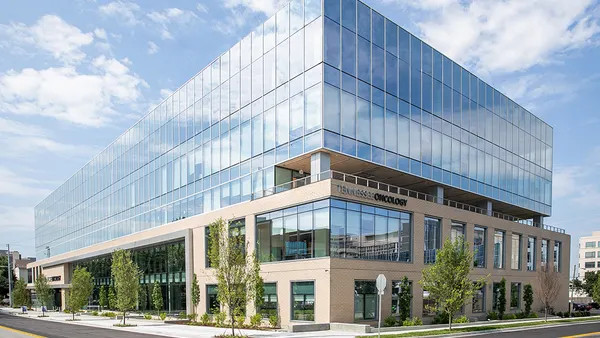Louis Molinini is Americas market lead for project and development services at global real estate investment firm JLL. Opinions are the author’s own.
Despite headlines to the contrary, the office construction and renovation market isn’t dead — it’s just overdue for reinvention. Corporate occupiers are recognizing the importance of high-quality office space, but many aren’t sure how to deliver it when cost pressures and economic uncertainty loom large.

For those reasons, many of our clients across North America are asking the same questions: How do we make the most of what we have without overbuilding or compromising on employee experience? And how do we stay agile when trade policy and economic conditions are shifting daily?
JLL’s U.S. and Canada Office Fit-Out Cost Guide 2025 provides insights into capital planning and office fit-out strategies in this dynamic environment. The report details how leading occupiers are navigating these challenges through adaptive planning, future-ready design and a focus on long-term value.
Making these strategic investments requires navigating everything from economic volatility and shifting labor costs to evolving workplace policies, global conflict, supply chain disruption and tariff risks.
Yet, according to JLL research, 59% of organizations in the U.S. and Canada plan to increase investment in office fit-outs. For these projects to succeed, companies must rethink the workplace and invest in projects that both enhance employee experience and make good business sense.
The modern office: Quality is the new imperative
While every strategy is different, one trend is clear: Companies are creating high-quality, people-centered office environments that support return-to-office efforts, strengthen recruitment and improve retention. These savvy fit-out investments deliver dual benefits by fueling both productivity and the employee experience.
Organizations are recalibrating footprints to accommodate a wide range of work styles and shifting daily occupancy. Advanced space utilization tools are helping teams analyze occupancy patterns and refine layouts for maximum flexibility. Once awareness into space usage is established, quality becomes the strategic differentiator, driven by expectations around tech integration, sustainability and user experience.
Hospitality-style design, premium finishes, high-end amenities and agile workspaces have become baseline expectations of today’s workforce. Bright, well-ventilated offices that are constructed with recycled and low-emission materials help organizations meet sustainability and wellness goals. Smart building tools monitoring for air quality and energy efficiency provide both peace of mind and a healthier bottom line.
These elevated standards reflect deeper priorities: offices that embody brand, culture and adaptability. But how much do they cost?
Fit-out costs are stabilizing but volatility remains
After years of volatility, fit-out costs are stabilizing in several North American markets, though prices remain high and vary significantly based on location, layout and quality choices. U.S. fit-outs average $280 per square foot, while Canada averages $278 CAD.
Layout and design complexity drives substantial cost differences. Open floor plans with collaboration spaces and agile work zones start at $245 per square foot for baseline quality, rising to $295 for premium finishes.
Mixed layouts combining open and enclosed collaboration areas range from $260 to $320 per square foot. Traditional office layouts emphasizing private offices command the highest premiums, from $270 to $335 per square foot depending on quality.
Regionally, costs cluster around predictable patterns. Premium markets like New York, San Francisco, Toronto and Vancouver drive costs higher due to demand, regulation and labor constraints. Southern and Midwestern cities offer more competitive pricing, often influencing location decisions.
Builders' works — the core, on-site activities and services in construction — account for 38% of costs, making labor availability critical. Specialty trade shortages create up to 25% cost swings between cities, with Toronto and New York facing the greatest constraints while Dallas and Calgary benefit from stronger contractor availability. Mechanical/electrical systems, IT, AV and security represent additional major drivers, particularly as baseline technology requirements keep rising.
Material and finish selections alone can swing total costs by 20% or more. National policy shifts around tariffs, labor and immigration impact regions differently, making location-specific planning essential.
Planning for uncertainty and building for options
Armed with fit-out cost data, companies can use three strategies to navigate uncertainty and make decisions with confidence:
Adaptive planning: Fit-out strategies must flex to external pressures spanning macroeconomics to supply chains to evolving workplace policies. Ongoing U.S. trade policy uncertainty, including proposed tariffs and retaliatory measures, is impacting supply chains and inflating risk. We’re advising clients to plan for an additional 5% contingency just for tariff-related costs.
The winning approach focuses on short-term, actionable steps that align with long-term goals while regularly reassessing market conditions. Occupiers are building optionality through multiple finish packages that flex with material shifts, sequenced procurement windows and backup supplier options.
Smart prioritization: Despite budget pressures, demand for high-quality space has become more targeted and strategic. With a limited office pipeline and uncertain replenishment timelines, occupiers are investing strategically in upgrading existing spaces to meet evolving standards.
Data-based decisions: Today's fit-out strategies extend beyond aesthetics or space optimization to deliver measurable business value. The gap between base and high-quality spend continues to shrink due to rising tech-readiness expectations, creating better workplaces that enable smarter planning.
What’s next: Fit-outs that do more
Leading occupiers are positioning fit-outs as business catalysts. Whether designing for flexibility, investing in workplace technologies or phasing upgrades to reduce disruption, forward-looking occupiers are building agility into every decision.
These decisions matter. The workplace profoundly shapes how people feel, work and connect. Today, close collaboration with the right project team helps manage volatility that extends beyond forecasts. With talent, performance and agility in focus, investing in aligned fit-outs creates competitive advantage.


